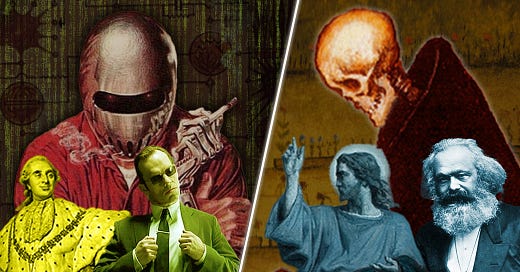Upgrade to paid to play voiceover
The anthropologist Victor Turner's work turns up a theme of cultural polarity that seems to recur throughout the ages from the yin and yang of the ancient Chinese Daoists; Heraclitus's flux and Logos; Jordan Peterson's Chaos and Order and Iain McGilchrist's work of the left- and right-hemispheres.
Turner's duality offers a powerful insight into our Nihil…
Keep reading with a 7-day free trial
Subscribe to The Living Philosophy to keep reading this post and get 7 days of free access to the full post archives.




